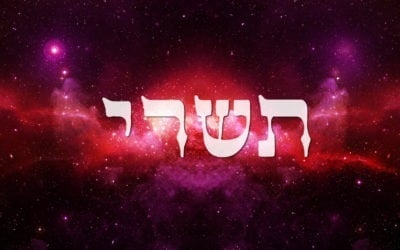The months of Tishrei is full of holidays, and they all share a common theme—the unification of time—past, present, and future.
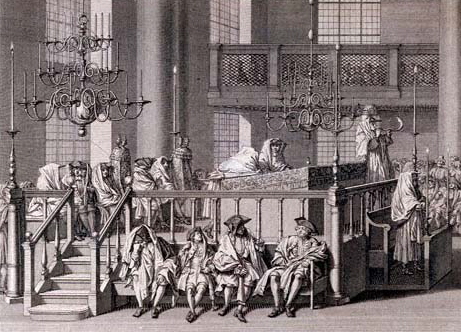
It all starts with Rosh HaShanah. Traditionally translated as the New Year, it literally means the Head of the Year. The word shanah has the same letters as the word shinui — “change.” As Aristotle famously wrote, time is change. The sages of Kabbalah agree—time, in its essence, is change. Thus, Rosh HaShanah can be translated as the Head of Time, or the Beginning of Time (since a related Hebrew word, reshit means the “beginning”). Indeed, it is all about time. Rosh HaShanah has three main themes—Ziḥronot (remembrances), Shofrot (Sounds of the Shofar), and Malkhiot or Kabalat Ol Malkhut Shamayim (acceptance of the yoke of the Heavenly Kingdom). It occurred to me, that these three themes represent respectively past, present, and future: remembrances relate to the past; one can only hear the sounds of the shofar in the present; and acceptance of the yoke of the Heavenly Kingdom is done for the future. Thus, from this point of view, Rosh HaShanah brings together past, present, and future.

Rosh HaShanah is followed by Aseret Yemei Teshuvah—Ten Days of Repentance—the days between Rosh HaShanah and Yom Kippur. Teshuvah-penitence, which is the main mitzvah (precept) of the Ten Days of Repentance, also has three themes: ḥarota—regret for the past (past), vidui—confession (present), and kabalat l’osid—resolution for the future (future). Once again, we are bringing together past, present, and future.
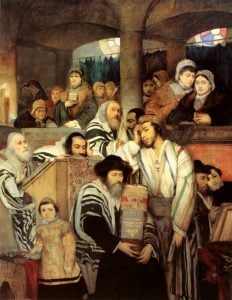
Yom Kippur, which concludes Aseret Yemei Teshuvah, also has teshuvah-repentance as its main theme. We repent for our past misdeeds. Teshuvah, therefore, mainly relates to the past. Yom Kippur literally means the Day of Atonement. Indeed, the main purpose of the day is to atone for the Jewish People. Atonement happens on Yom Kippur in the present time. But it comes with the judgment for the coming year, for which we all are inscribed and sealed in the Book of Life—this is related to the future. This is why the service of Yom Kippur is concluded with a cheerful exclamation, Next Year in Jerusalem! As we see, Yom Kippur also brings together past, present, and future.
The Kabbalah teaches that the four days between Yom Kippur and Sukkot correspond to the four letters of Tetragrammaton, Y‑H‑W‑H (or Y‑H‑V‑H). As the Sages teach, this Name means Hayah (He was), Hoveh (He is), and Yihieh (He will be). Once again, this period brings together past, present, and future.
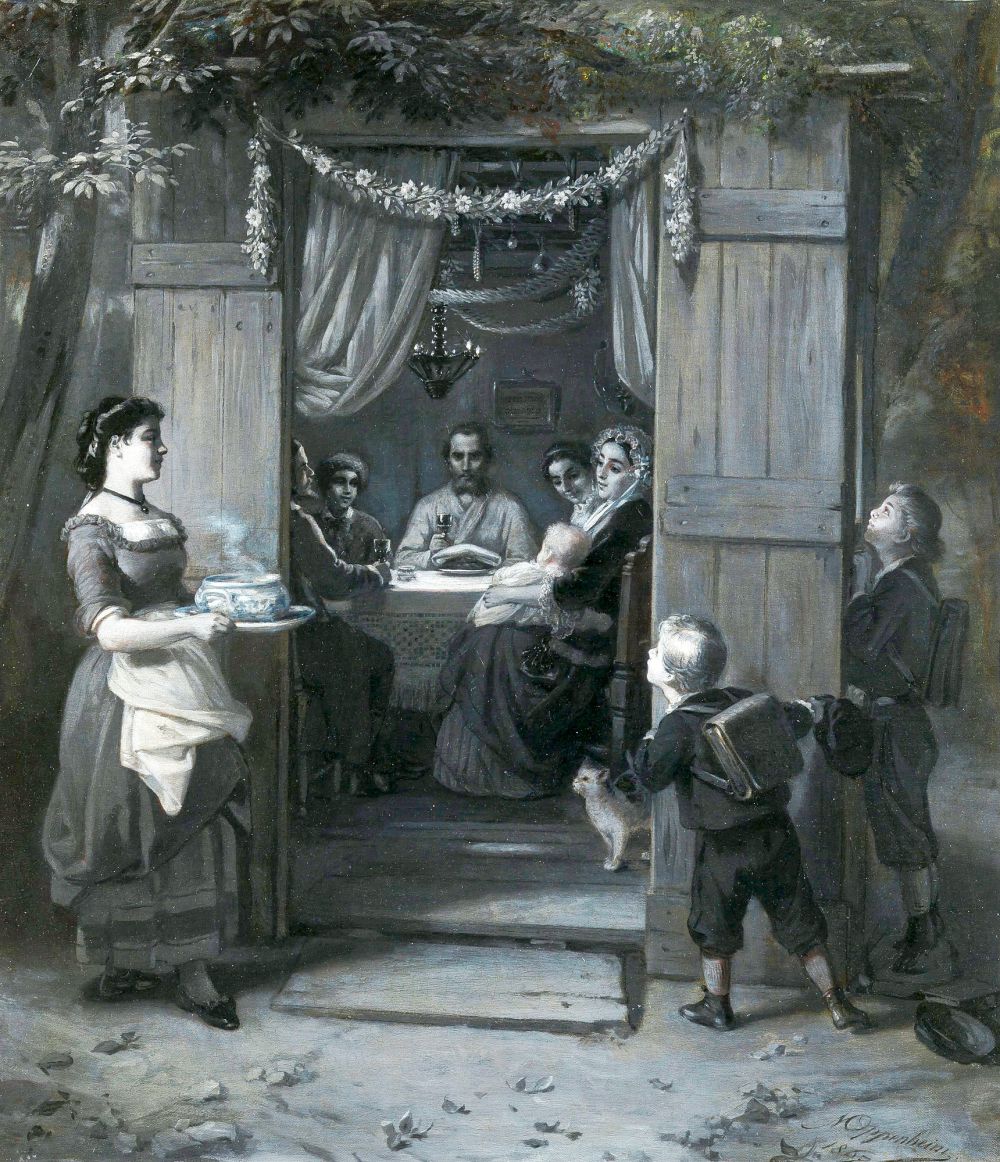
And now we come to Sukkot, the Feast of Tabernacles. Sukkot is all about time. In Biblical times, on Sukkot, the number of oxen brought for daily sacrifice in the Holy Temple, Bet HaMikdash, changed every day. As mentioned above, change is the essence of time. This is the reason why every day of Sukkot we say full Hallel. On Sukkot, we dwell in a sukka-booth (tabernacle) in remembrance of our travels in the Sinai desert after the Exodus from Egypt. Looking at the s’khakh (makeshift roof made of organic materials such as bamboo sticks or tree branches) of the sukkah, we remember how G‑d protected the children of Israel in such booths in the desert. We also remember ananei hakavod—the clouds of glory that protected the children of Israel from the desert sun. All that reminds us of our nation’s past. However, one can only sit in the sukkah-booth in the present time. S’khakh is etymologically related to the word iskah derived from the Aramaic root denoting seeing. Iscah (the spelling in Hebrew is the same as iskah) was one of the names of Sarah, the prophetess, signifying her extraordinary prophetic powers. She had even greater prophetic power than Abraham, which is why G‑d told Abraham, “Listen to your wife Sarah!” By gazing at the skhakh of the sukkah, we draw the spirit of prophecy, the ability to predict the future. Generally, the Talmud states that Simḥat Beit HaSho’evah, the water libation ceremony conducted in Biblical times every night of Sukkot was the source of prophetic power in Israel. Hence, we again have a combination of past, present, and future.
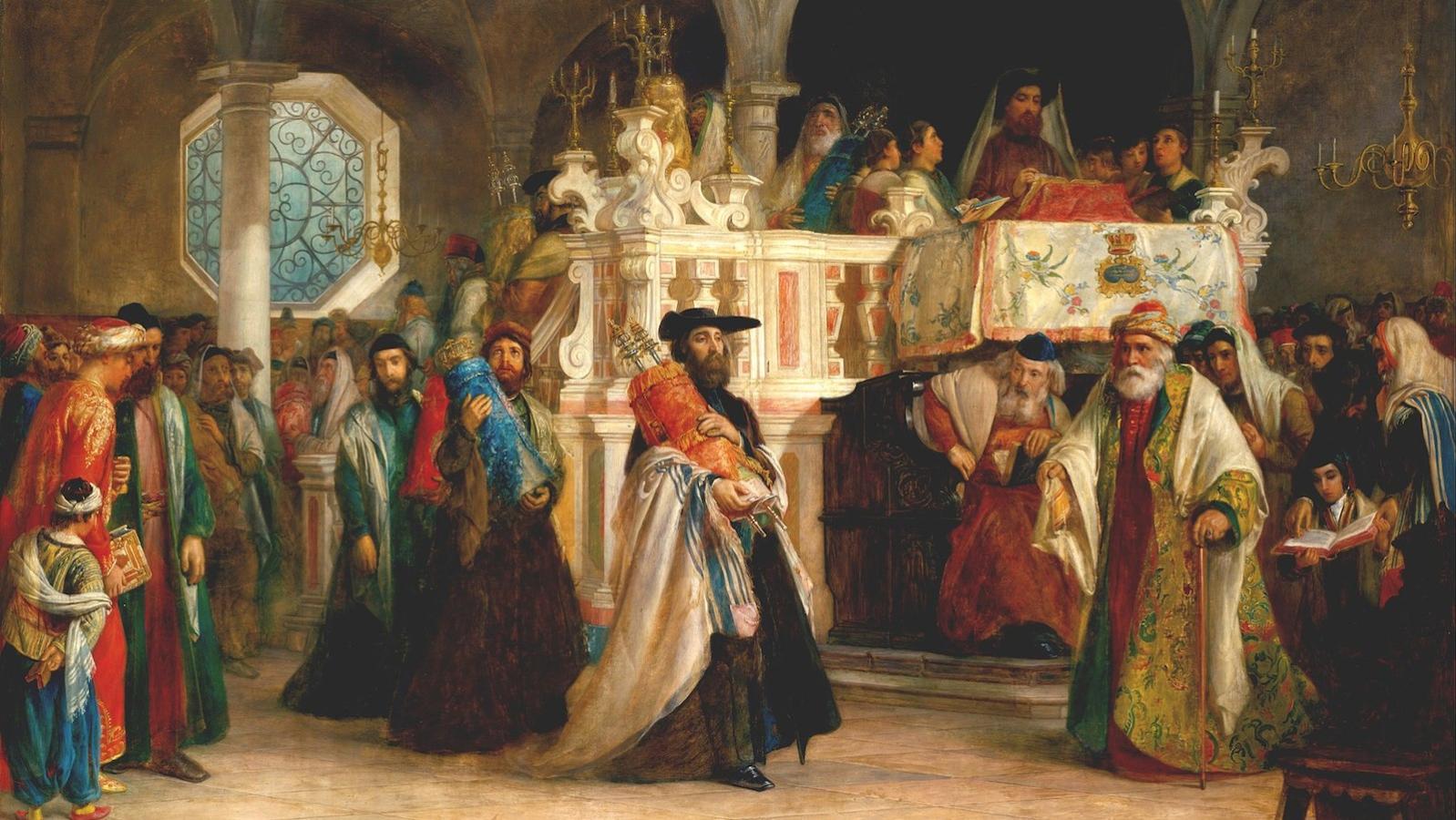
The holiday of Sukkot concludes with Simḥat Torah. On this Holiday we do three things: we finish the annual cycle of reading the Torah, by reading its last portion, Vezot HaBraḥah (this is related to the past year); we start the new annual cycle of reading the Torah, by reading its first portion, Bereshit (this relates to the coming year—the future); and we dance with Torah scrolls—one can only dance in the present. Once again, this Festival brings together past, present, and future.
